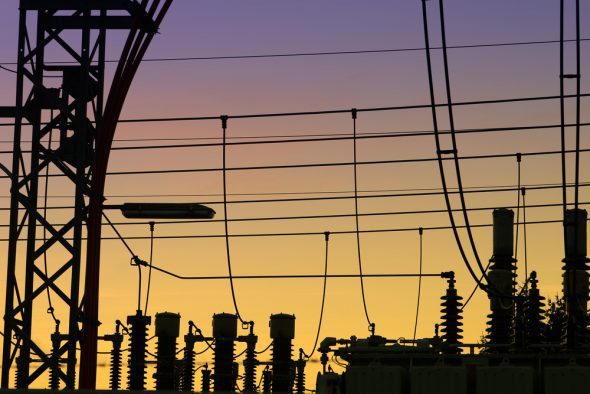Viable energy storage is fast becoming a reality, thanks to recent projects and new rulings in Japan, South Korea and the US.
According to PV Magazine, the Japanese Ministry of Economy, Trade and Industry (METI) has announced the companies that will introduce large-scale storage batteries into electricity grid substations.
The idea of grid storage is simple. When electricity demand is less than production, energy is stored in batteries for use when consumption increases. The system has the benefit of smoothing out production patterns and therefore does not have to be scaled up or down – meaning fuel based power plants can be more efficiently managed.
Hokkaido Electric Power, Sumitomo Electric Industries and Tohoku Electric Power have been chosen to explore the Japan’s first attempt at large-scale storage. Tohoku will install what is reported to be the world’s biggest large-scale storage batteries (lithium-ion batteries) at the Nishi-Sendai substation.
PV Magazine reported METI’s goals, within the project, are to boost capacity of the supply-demand adjustment function by 10 per cent in the area along with continued expansion of renewable energies in the area.
The second project between Hokkaido Electric and Sumitomo Electric will install the world’s largest storage batteries (redox flow batteries) into the MinamiHayakita substation. After the two projects enter full swing the companies plan to consolidate their technology and knowledge they acquire and increase the renewable energy usage in the Hokkaido area.
Nearby, Yonhap News have reported on the South Korean Government’s move to consider mandatory use of energy storage systems just one week after the country’s first level-three usage warning last week.
The Government has proposed the use of energy storage systems (ESS) and energy management systems (EMS) by large companies, public offices and other entities that consume large amounts of power off the grid.
The ESS’s will rely on the private companies to store energy when in off-peak times when supply and prices are low. Through the EMS companies can then sell excess power back to the market if needed.
According to Yonhap News, the Government is planning to revise their current electricity rates – widening the gap between highest and lowest amounts paid to allow for higher uptake when demand is low.
Although the use of energy systems is somewhat different to the projects in Japan they both highlight the need for storage possibilities in off-peak times – whether through the grid or by private companies.
Greentechgrid have covered new rulings by the Federal Energy Regulatory Commission (FERC) in the US. The report, by the FERC, details the need for installation, maintenance and the operations of energy storage to be completely transparent across the nation.
This proactive step by the FERC ensures that electric markets become more open to possibilities that energy storage technologies can provide for the electric grid. This increase in clarity from energy suppliers regarding energy storage will ultimately highlight bottlenecks, high costs and inefficiencies that may be present within the electrical system.
According to Greentechgrid, the federal ruling comes months after the state California set their target of 50MW in grid energy storage over the next eight years, explained in their Energy Action Plan. The FERC document in full: https://www.ferc.gov/whats-new/comm-meet/ 2013/071813/E-22.pdf










